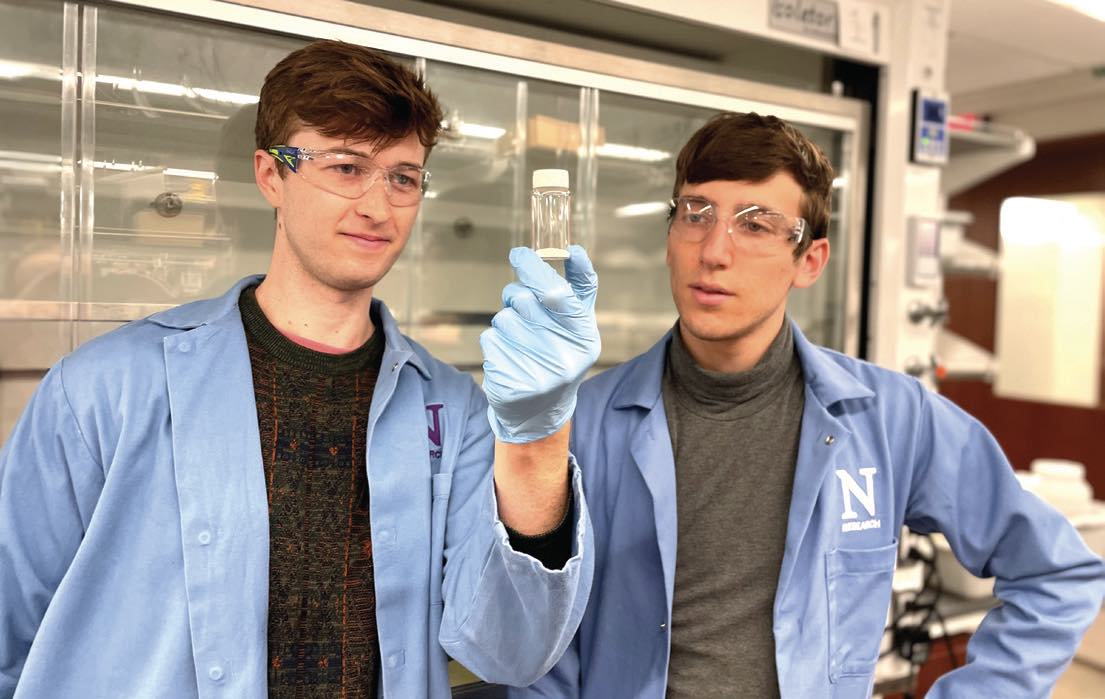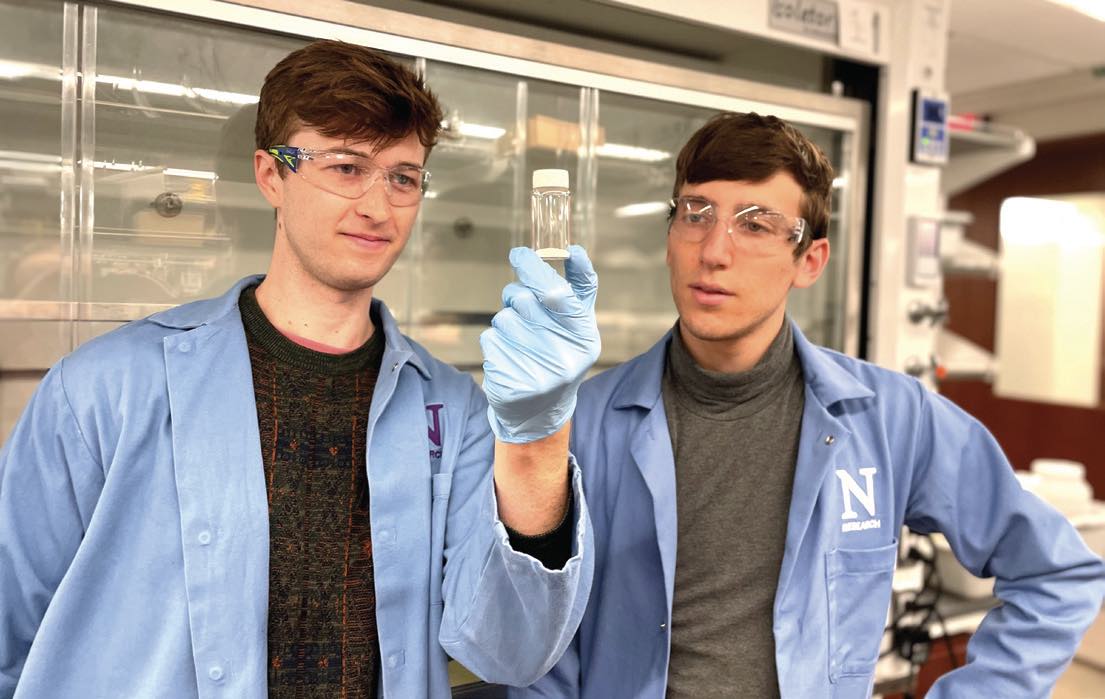Administration of the project
Direct air carbon capture
By Dr. Neil Canter, Contributing Editor | TLT Tech Beat March 2024
By utilizing the technique known as moisture-swing, sorbent candidates were evaluated to first capture and then release carbon dioxide.
HIGHLIGHTS
• Sorbents can be used in direct air carbon capture to remove carbon dioxide from the atmosphere. A specific type, that takes advantage of differences in water concentration, uses a process known as moisture-swing.
• A styrene-divinylbenzene copolymer matrix loaded with a series of anions has been evaluated as candidate sorbents.
• Anions with more than one negative charge demonstrate superior performance in capturing and releasing carbon dioxide.
To achieve sustainability and minimize global warming, emissions of greenhouse gases such as carbon dioxide must be minimized. One approach that is gaining in use is known as carbon dioxide removal where carbon dioxide is isolated from an industrial process or directly from the atmosphere, and then stored.
Point source carbon capture and storage, as noted by National Grid, an energy company operating in the U.S. and in the UK,1 occurs when carbon dioxide generated in industrial processes such as coal and natural gas power plants, and steel mills, is isolated from other byproducts, compressed and transported via pipelines, trucks or ships, and then injected into rock formations deep underground for permanent storage.
Both the U.S. and the UK have storage sites that are at least one kilometer under the ground. National Grid indicates one potential site is a saline aquifer known as “Endurances” located in the southern North Sea and is 1.6 kilometers below the seabed.
Beyond capture at sources of pollution, the most ideal strategy for reducing carbon dioxide is to literally extract this gas from the air in a process known as direct air carbon capture. This is the only strategy to remove emissions that have already reached the atmosphere. But Vinayak Dravid, Abraham Harris Professor of materials science and engineering at Northwestern University in Evanston, Ill., indicates that extracting and isolating carbon dioxide from air is not easy. He says, “With the average carbon dioxide concentration in air being only 400 parts per million, the driving force to isolate this gas is very low. Thermodynamics is an issue, diffusion of carbon dioxide is slow and kinetics is limited. Economics also is a factor as is the need for adding energy, which does not help to reduce the carbon footprint. Part of the opportunity in developing direct air capture is to not just store the carbon dioxide but use it in sustainable ways that will minimize the carbon footprint.”
Two of the direct air capture methods that are currently in use are wet scrubbing with alkali hydroxide solutions such as caustic soda and adsorption on solid- supported amines. Dravid says, “Both approaches require significant energy and have only been conducted on a small scale. Obtaining the raw materials needed to capture carbon dioxide from the air is expensive and produces a large carbon footprint.”
A unique category of sorbents that takes advantage of differences in water concentration offers an alternative strategy for direct air carbon capture. Dravid says, “During daylight hours, moisture levels, as represented by atmospheric humidity, are low leading to conditions receptive for carbon dioxide capture. When the sun sets, humidity levels rise leading the sorbent to release carbon dioxide due to the higher concentration of water. This phenomenon is known as moisture-swing.”
Past work has been conducted to evaluate anions such as carbonate, hydroxide and tribasic phosphate anions that are loaded onto anion-exchange resins. Dravid and his colleagues have now studied and reported on the performance of additional anions.
Styrene-divinylbenzene copolymer matrix
The researchers created candidate sorbents composed of a styrene-divinylbenzene copolymer matrix as the anion-exchange resin, and loaded it with anions, including orthosilicate, borate, pyrophosphate, tripolyphosphate and dibasic phosphate. Ions were loaded through eight exchange cycles followed by oven-drying at 40 °C. A closed-loop gaseous flow system was used to evaluate the sorbent candidates under conditions where the air (total volume of 290 milliliters) was pulled through the setup at flow rates ranging from 90-100 standard cubic centimeters per minute. Experiments were conducted with an initial carbon dioxide level of 410 +/- 20 parts per million (atmospheric level), and the water concentration in the setup was adjusted to be between 20% and 65% relative humidity for carbon dioxide capture and release, respectively. A trial was conducted by sealing a sorbent sample in this system and exposing it first to dry ambient air, and then to humid air.
A sample of the resin containing one of the sorbents is shown in Figure 4.

Figure 4. A new type of direct air carbon capture sorbent was developed and evaluated using the moisture-swing approach. Anions included in the study were orthosilicate, borate, pyrophosphate, tripolyphosphate and dibasic phosphate. Figure courtesy of Northwestern University.
The performance of the anions in capturing carbon dioxide was different depending upon the metric used. Dibasic phosphate exhibited the largest mass-normalized carbon dioxide moisture-swing capacity. Pyrophosphate had the highest moisture-swing capacity when normalizing on a per-ion or a per unit-charge basis. Dravid says, “Our results show that no one anion size fits all. This distributed solution based on a number of factors means that the direct air carbon capture user will be able to select an anion based on a specific application.”
The mechanism that sorbents use to capture and then release carbon dioxide starts with a reaction of water and an anion to produce a hydrogenated anion and a hydroxide ion. The latter then reacts with carbon dioxide to produce a carbonate anion. Both of these reactions are reversible, but the forward direction can only take place in a dry environment. To release carbon dioxide, the reaction moves in the reverse direction.
Specific anions with more than one negative charge appear to be able to engage in the moisture-swing process in contrast to monovalent anions, which do not. Dravid says, “Anions such as pyrophosphate that undergo multiple protonations demonstrate superior performance in capturing and releasing carbon dioxide.”
One other concern about using sorbents in direct air carbon capture is the durability of the ion-exchange resin. The researchers evaluated the styrene-divinylbenzene copolymer and noticed no loss in performance with tripolyphosphate as the anion.
Dravid says, “Future work will involve continuing to evaluate new candidates and also gain a better understanding of the sorbent mechanism. We believe that direct air capture using sorbents is a viable technology that with further work will eventually be commercialized.”
Additional information can be found in a recent article2 or by contacting Dravid at [email protected].
REFERENCES
1. Click here.
2. Hegarty, J., Shindel, B., Sukhareva, D., Barsoum, M., Farah, O. and Dravid, V. (2023), “Expanding the library of ions for moisture-swing carbon capture,” Environmental Science & Technology, 57 (50), pp. 21080-21091.
Neil Canter heads his own consulting company, Chemical Solutions, in Willow Grove, Pa. Ideas for Tech Beat can be submitted to him at [email protected].


Be the first to comment